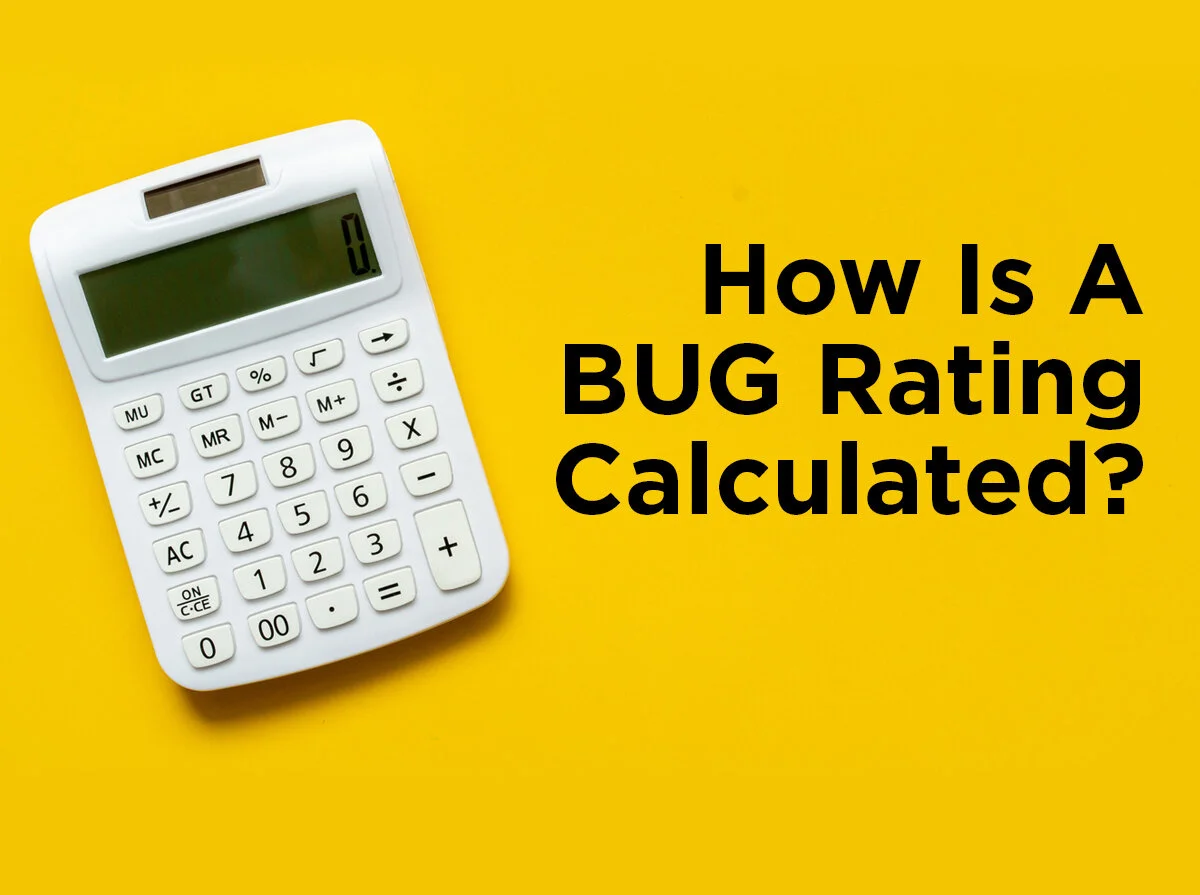What Is a BUG Rating?
You may be thinking “what do insects have to do with lighting?” Although insects are fondly attracted to bright lights during the night, the term “BUG” is actually an acronym for Backlight, Uplight, and Glare. The term “BUG” was developed by the Illuminating Engineering Society (IES) and International Dark Sky Association to calculate the stray light that escapes from an outdoor light fixture. It is a comprehensive system to replace the original, “cutoff” system that applied solely to street lighting. With more and more outdoor lighting fixtures being developed, the BUG classification system is a tool to evaluate the light output of outdoor lights.
Picture a sphere around a pole mounted light fixture with the light source in the center of it. That sphere is then divided into three sections: Backlight, Uplight, and Glare (Forward light). Those three sections are then further divided into zones in which the lumen distribution is rated and given a value according to its environmental impact. Those values are used to standardize and identify which luminaire is right for a given application. Different applications require a different set of values. For example, a light fixture used to light up Time Square in the Big Apple isn’t ideal for a parking lot at Yellow Stone National Park. Similar to a tool used for measurement, BUG rating is a method to help achieve a goal in controlling glare and light trespass or unwanted light for commercial outdoor lighting.
Backlight
Backlight may sound like some 90’s grunge garage band, but that is certainly not the case. Backlight refers to all the light trespassing behind the fixture from the light source towards the ground. In most cases, Backlight is an area not originally intended to be lit. Have you ever had to layer extra curtains due to street light invading your bedroom and disrupting your sheep counting? Chances are good that is the result of the undesirable Backlight from a luminaire. In order to prevent backlight, glare shields or reflectors can be utilized to direct the light towards the front of the fixture (where it is intended).
Uplight
The stars at night are big and bright, unless you live in the city. Uplight is partially to blame for causing so much light pollution that city dwellers can no longer see as many stars at night. Uplight refers to all the skyglow a fixture produces above the light source. Have you ever been on a road trip deep outside of a major city? You might have noticed the stars and moon were much brighter in smaller towns compared to looking up at them in the big city. Being unable to see the stars in a major city is usually a direct result of light pollution caused by Uplight. Organizations like the IDA seek to limit the negative effects of Uplight so that more people can look up and enjoy the constellations. Light emitted above a fixture is essentially wasted money and energy. In order to reduce Uplight, the same approach of having a shield or baffle to direct the light distribution towards the ground can be utilized. Fully shielded luminaires which are parallel pointing towards the ground have the capability to substantially reduce skyglow.
Glare
Glare refers to the reflectance or directed light which makes it difficult to see. Just like the famous cover from Manfred Mann’s Earth Band you may be, “blinded by the light.” Glare in parking lots and on freeways can have serious risks when operating a vehicle. High glare makes driving a vehicle rather challenging. Unless you have anti-glare sunglasses (you know those yellow ones?), you’ll end up squinting your eyes. It is important for businesses to use low glare parking lot lights in the challenge to create a safe atmosphere where vehicle and pedestrian interaction occurs regularly. Reducing the brightness and utilizing a specific type of lighting distribution tailored towards a certain application can immediately reduce glare.
At the moment, there is no requirement for the BUG rating system, but it is heading towards that direction for the future. It is expected that exterior lighting fixture manufactures will utilize BUG ratings to improve their product and reduce light pollution. Do you feel this rating system is helpful in regulating which outdoor lighting should be installed? In our next post learn how to calculate BUG rating. In the meantime feel free to leave any comments, feedback, questions, or suggestions that you may have. As always, check back on our blog or Facebook, Twitter, LinkedIn, and Pinterest for more enlightening (see what I did there?) information. Our staff at 1000Bulbs.com is up for the challenge of answering your everyday lighting questions.








